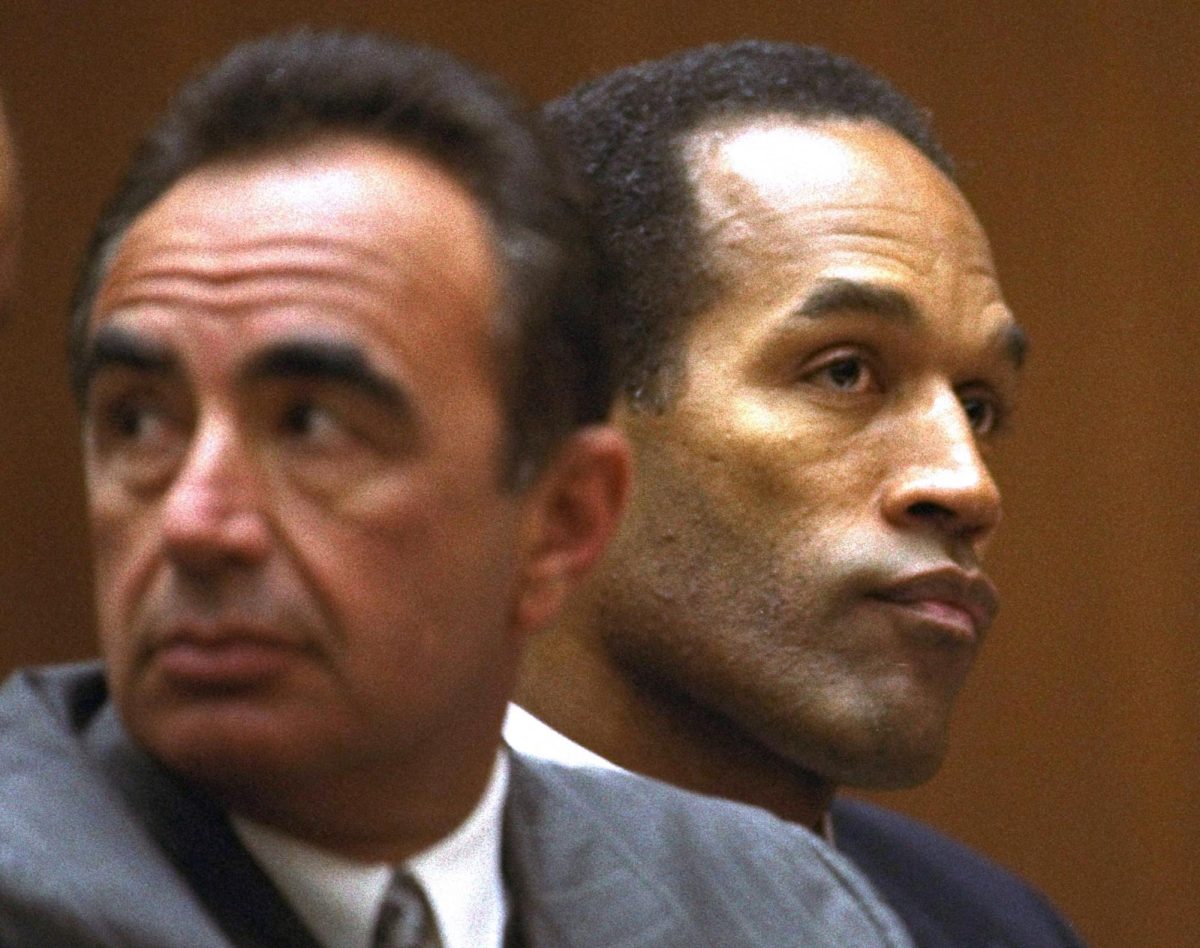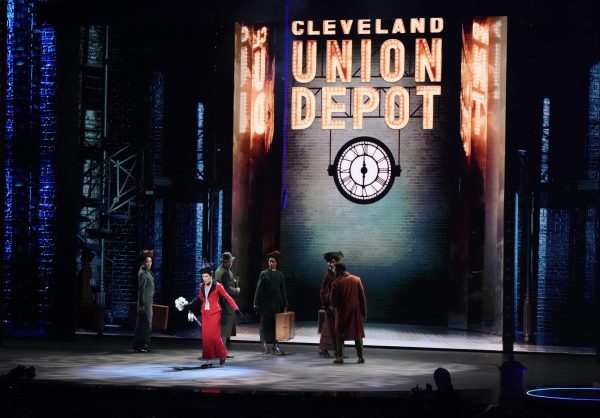‘Hidden Figures’ Reveals NASA’s Hidden History
January 12, 2017
As a child I remember seeing footage of astronauts, documentaries about NASA, and photos of rocket engineers. Space travel inspired me, but there was always something about the pictures took during America’s race to space that threw me off: the lack of female and racial representation.
I grew up looking at the pale faces of male astronauts assuming they were the only people who got America into space. It wasn’t until I heard of the movie “Hidden Figures” that I learned there was an important part of history missing from school textbooks.
Released Jan. 6, “Hidden Figures” is a biographical movie set in the 60s, a time period rampant with racism and sexism, that highlights black women’s important roles in America’s space race against Russia.
Not only does the movie recognize previously unheard of names in NASA, but it also reminds American’s of how racism and sexism hindered NASA from making imperative scientific breakthroughs.
Katherine G. Johnson (Taraji P. Henson), Dorothy Vaughan (Octavia Spencer) and Mary Jackson (Janelle Monae) are the stars of this film and of history.
In the movie, Johnson balances working overtime at NASA, raising three children as a single mother, fighting racism and sexism in the workplace, and maintaining a healthy relationship with a new boyfriend after being widowed.
Vaughan and Jackson fight their own battles as Vaughan attempts to be the first black person to integrate herself into an all-white Virginian school and Jackson strives to become NASA’s first black female supervisor.
The movie itself is witty and comedic, inserting irony and sarcasm whenever possible, which allows for a light-hearted yet inspiring tone.
The movie’s cleverness is especially noticeable in a scene where a white man runs half a mile to plead for Johnson’s help when she was previously the one running that distance just to sit in the only colored bathroom available at NASA. This single scene was able to demonstrate the extent of racism in the 60s and highlight Johnson’s importance to NASA both humorously and effortlessly.
Without “Hidden Figures,” Johnson, Vaughan and Jackson’s achievements may have never become recognized. Now, over 50 years later, it is finally impossible for these important figures to remain hidden any longer.






















